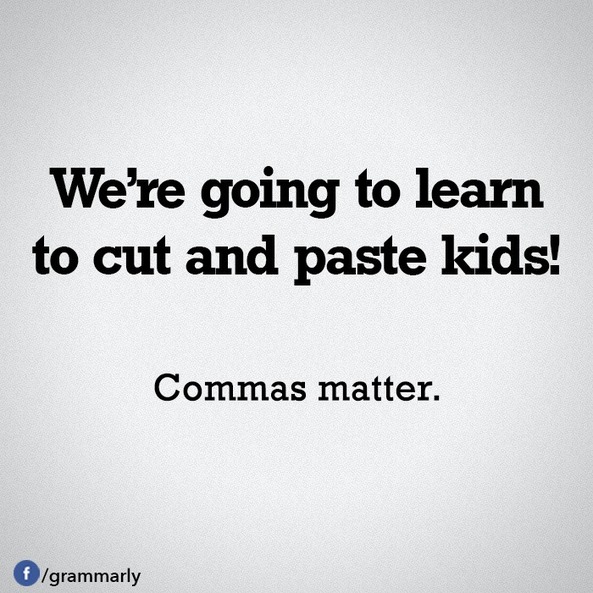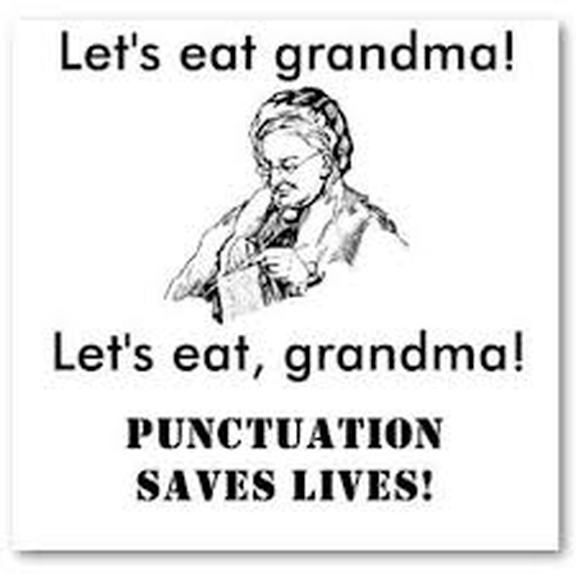I have written supplementary lessons for Woe Is I, Jr., a grammar handbook for kids. You can find my introductory comments and the first lesson here. 1. Read Chapter 1 and do what O’Conner suggests. 2. Watch Schoolhouse Rock’s Rufus Xavier Sarsaparilla, a video about pronouns. 3. Write a paragraph or two about a funny or scary or challenging activity you did with someone else. The catch? Don’t use any pronouns. Copy and paste it; then rewrite it with pronouns. When you compare the two, what do you discover? 4. Practice your pronouns at www.chompchomp.com. Complete the handouts or interactive exercises for Pronoun Case.
_I would love to see the funny, scary, or challenging paragraphs in the comments. Please share.
It wasn't long ago that I mentioned a grammar handbook for kids: Woe Is I, Jr. by Patricia T. O'Conner. I said then that I might work the book into lessons here, but I changed my mind and made supplementary lessons for the book instead.
I will post them on Mondays, chapter by chapter. Choose as many or as few as you like. The goal is to enliven the study of grammar by moving kids, grades 5ish to 8ish, away from the monotony of workbooks to assignments that allow them to tap into their creativity.
Having the book will be essential. It is the spine of the study.
Here are general instructions, written to the student, for all of the chapters:
1. READ each chapter carefully, pretending that Ms. O’Conner is your tutor sitting beside you on the couch. When she asks you to do something, do it. Avoid the temptation to be a passive reader. Instead, think, engage, learn. Letting your eyes glaze and your mind wander will only waste your time, and you’ll know no more grammar than when you started.
2. WRITE short pieces to help you apply the concepts you are learning. After all, if you can’t apply the grammar, what good is it? Right? I can’t hear you. Right? (Typing the pieces is recommended, as it will make the entire process easier.)
3. COMPLETE the handouts included with this supplement. Handout titles are underlined and linked.
4. PRACTICE concepts by following the links to more grammar fun.
1. Read the Introduction of Woe Is I, Jr.
2. Are you a grammarphobe, “somebody who has a phobia, or, fear, about grammar”? If you were to camp on the line below, where would you pitch your tent?
(I’ll check in with you later to see if the tent moves one way or the other.) 3. Okay, get it out of your system before you read any farther. Write a piece about anything—your opinion of grammar, for instance—with your absolutely worst grammar. Put punctuation marks in random places. Spell words incorrectly. Forget capital letters. (Even if you don’t have a single English teacher gene in your body, the sight of your writing will probably make you tremble.) Read it aloud. What do you think? Then give it to a friend to read. What is his/her reaction? 4. How much do you already know about grammar? Well, let’s find out. In the left column of Grammar Glossary, write what you know about each word. Don’t worry if the sheet is bare when you’re finished. Blank spaces show you have some learning to do--which isn’t a bad thing. As always, I would love to see examples of your students' writing in the comments. They just might be the catalyst another mom or student needs.
I began reading If You Give a Dog a Donut by Laura Numeroff and noticed the "if "clause on the first page. On the third page, I saw the "when" clause. Hmmm, I thought, this series might be a good one to teach adverb clauses. Yeah, I know, "adverb clause" sounds too technical. I prefer calling them AAAWWUBBIS clauses, like Jeff Anderson does in Mechanically Inclined. What do you need to know about them? 1. They begin with the following words: although after as when while until before because if since
2. They can occur anywhere in the sentence: beginning, middle, or end.
3. Where there is an adverb clause, there is a comma nearby (two commas if the clause is in the middle of the sentence).
4. They depend on complete sentences. If you write an adverb clause without one, you will end up with a fragment. Here are examples from two of Numeroff's books:
"If you give a dog a donut, he'll ask for some apple juice to go with it."
"When you give him the juice, he'll drink it all up."
"It will go higher and higher, until it gets tangled in the apple tree."
"While he's waiting, he'll play a quick game of soccer."
To give your students practice with writing and punctuating AAAWWUBBIS clauses, have them write their own series of sentences, each one including a word from the AAAWWUBBIS list. Make the task more challenging by having students write their own If You Give... story, mimicking Numeroff's pattern by starting and ending the story at the same place. Example (Numeroff's writing with my revisions to fit the assignment): - If you give a dog a donut, he'll ask for some apple juice to go with it.
- When you give him the juice, he'll drink it all up.
- Because he likes it so much, he'll ask for more.
- Since there won't be any left, he'll want to make his own.
- He'll go outside to pick apples, after leaving behind a mess.
- When he's up in the tree, he'll toss you one.
............................... If all of the rules are followed correctly, the goal of the lesson is accomplished. But... ...if your students want to have their own versions of an If You Give... book, invite them to revise their sentences to make the story flow naturally, since it sounds clumsy to have every sentence structured the same way.
Rule #1: No sentence fragments. Rule #2: Avoid run-on sentences they are hard to read. Rule #3: A writer must not shift your point of view. See what is happening? In How Not to Write, William Safire breaks the rules he pronounces, then creatively explains the rules, tossing in some rule breakers in his explanations. Ideas for how to use this book: * Read the rules, finding and fixing the mistakes Safire includes. * Mark or highlight the times Safire breaks the rules in his explanations. * Demonstrate the rules with original, correctly-written sentences. * Marvel at how Safire can take potentially stuffy content and make it fun.
When students are learning to write, we tell them that fragments--partial sentences that are missing either a subject or a verb--are no-no's. We don't want them writing grammatical horrors, such as "David bought a gopher ranch. Hoping to strike it rich." or "David bought a gopher ranch. Although he knew nothing about rodents." These examples show that the writer lacks sentence sense.
Rules are sometimes made to be broken, though, right? Writers break the complete sentence rule all of the time, using fragments to their advantage.
When I began reading Eileen Spinelli's The Best Story, I noticed fragments. Plenty of them. (Whoops. There's one of my own.)
Use Spinelli's book with your students, giving them a closer look at fragments. Start by reading the story together, being reminded that the best stories we write come from our hearts.
Okay, now for some grammar in context. Look at page 2.
I ran home.
Went to my room.
Shut the door.
I sharpened five pencils.
Opened my notebook to a brand-new page.
And thought.
And thought.
And thought.
And all I could think was this writing stuff was hard and lonely.
Maybe I needed help.
How many sentences do we have here? If your students think sentences start with a capital letter and end with a period, we have ten. In that case, maybe Mr. Morton of Schoolhouse Rock can teach them about the essential parts of a sentence. Test Mr. Morton's lesson with two-word sentences here, finding the subjects and predicates. Now return to Spinelli's text. Look at the first line. Is there a subject? Yes. Is there a verb? Yes. It passes the test.How about the second line. Is there a subject? No. What subject can we add to make it a sentence?Continue through each line, writing the revised sentences line by line as Spinelli does.When you are finished, compare the two lists. What do your students think? Why do they think Spinelli chose to use fragments instead of complete sentences? Now revise the first eight lines, linking them with commas, so they are all part of one longer sentence. How does it compare to the other two lists? Which one do they prefer? Read the story a second time, pausing at fragments and discussing how to "fix" them. Bonus: Look at page one, where it says "Write the best story. Win first prize." Discuss with your student whether these are fragments or sentences. A Second Bonus: Do you remember teachers telling you never to begin sentences with and, but, or so? Maybe Spinelli is rebelling against language arts teachers or something because most of her sentences start with one of these three conjunctions. Again, discuss why she may have chosen to do this. How would the text sound if these words were eliminated? A Little More Practice: If your student tends to use fragments unintentionally, pull out some of her pieces to analyze and revise. If your student has sentence sense, ask him to sprinkle a couple of fragments in an assignment to see if he likes the effect. Gopher sentences come from Steps to Writing Well by Jean Wyrick.
|










 RSS Feed
RSS Feed